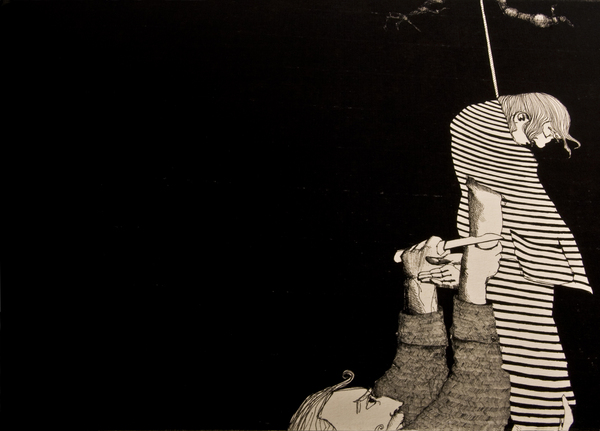
Most of us associate the origin of Snow White with Willhelm and Jacob Grimm’s nineteenth-century publication of Kinder und Hausmärchen (Children’s and Household Tales). Some assume the brothers composed the volume of fairy tales, but most tales in the book were hundreds of years old by the time the Brother’s Grimm’s compiled them. Some stories, like Cinderella, were over a thousand years old.
I often wonder what inspired these tales. In a post about Snow White, author Kate Forsyth says there may be upwards of 400 versions of Snow White and the oldest is a”medieval Norse saga written by the 12th-century poet Snorri Sturluson, which sets the tale in the time of Harald Fairhair in the 9th century.” While the saga and the German tale share some similarities (beautiful girl, a prince falls in love, she dies), the two stories are very different. The Norse version has no poisoning, no apples, no wicked stepmother, and no dwarves. So if the Norse tale is indeed the origin, how did the other elements end up in the German version of the tale? Is it just the product of an unknown storyteller’s imagination, or is the German fairy tale somewhat rooted in historical fact?

Margarete von Waldeck (1513-1534) may have been the origin of Grimm’s Snow White.
According to German scholar Eckhard Sander, Grimm’s Snow White the latter is true. In his book, Schneewittchen: Marchen oder Wahrheit? (Snow White: Is It a Fairy Tale?), Sander argues that the famous fairytale is based on the life of Countess Margarete Von Waldeck
Margarete was daughter to Count Phillip von Waldeck-Wildungen and stepdaughter to Katherina of Hatzefeld, whom Margarete did not get along with. At the age of sixteen, Margarete’s father sent her away to Brussels, where she attracted the attention of Phillip II, a Spanish Hapsburg prince who later became king of Spain and Portugal. A marriage between the Spanish prince and German countess was seen as politically disadvantageous by many, and Margarete’s untimely death all-too-conveniently ended the affair.

A love affair between Phillip II of Spain Margarete von Waldeck may have resulted in her untimely death.
According to Sander, Margarete did not die of some unknown illness but was poisoned. On her deathbed, it’s said that Margarete composed her will with a tremored-hand, a sign of poisoning though I think the fear of death alone might cause a woman so young to be a little shaky when writing her own will.
So let’s assume Margarete was poisoned. Who did it? Her “wicked” stepmother died before Margarete, so she couldn’t have been the culprit. Besides, there were others who had more to gain in killing Margarete. Sander believes the Spanish poisoned Margarete to keep her from marrying the future king.While it is unlikely that the weapon of choice was an apple, there seems to be some evidence that a man living in Wildungen gave poisoned apples to children whom he suspected were stealing from him. This may be how poisoned apples ended up in the German fairy tale.

Sander believes children working in coal mines were the basis of Snow White’s seven dwarves.
But what about those seven dwarves? Where did they come from? Maragerete’s brother owned copper mines in Wildungen which employed children who worked twelve hour days. The children grew crooked and crippled from the work. Their hair grayed prematurely and most were dead before the age of twenty. Thus, they looked much like the dwarves from the Brother Grimm’s tale. According to Sander, the many parts of the story from this particular region were told and retold until they became the tale that the Grimm brothers recorded, and we now know as “Snow White and the Seven Dwarves.”
According to Sander, the many parts of the story from this particular region were told and retold until they became the tale that the Grimm brothers recorded, and we now know as “Snow White and the Seven Dwarves.” Whether Sander’s theory is right or not remains a mystery. But for me, Sander’s research on Snow White’s origins is every bit as compelling as the German fairy tale.
 Andrea Cefalo is a Medieval fiction author and history blogger. Her debut novel The Fairytale Keeper, made it to the quarter-final round in Amazon’s 2013 Breakthrough Novel Contest. The sequel–The Countess’s Captive—was published earlier last year. She is currently working on the third book in her series.
Andrea Cefalo is a Medieval fiction author and history blogger. Her debut novel The Fairytale Keeper, made it to the quarter-final round in Amazon’s 2013 Breakthrough Novel Contest. The sequel–The Countess’s Captive—was published earlier last year. She is currently working on the third book in her series.
















